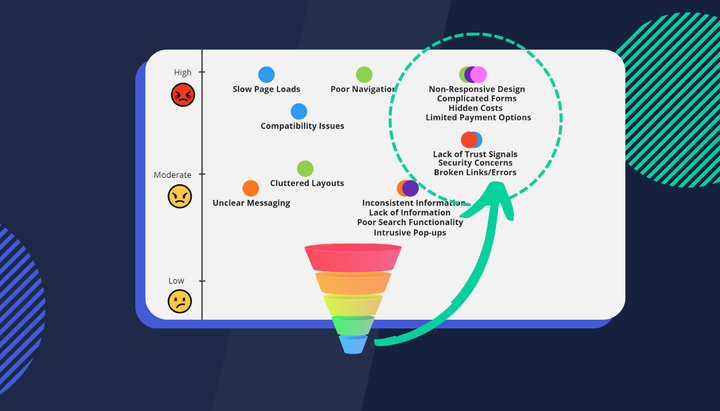What is Website Replatforming in eCommerce?
Successful website replatforming a strategic move that can set the stage for enhanced growth and customer satisfaction. But what exactly does replatforming involve, and why should eCommerce businesses consider it?

Successful website replatforming a strategic move that can set the stage for enhanced growth and customer satisfaction. But what exactly does replatforming involve, and why should eCommerce businesses consider it?
Understanding Website Replatforming
Website replatforming is the process of moving your eCommerce site from one platform to another. This isn't just about a fresh coat of paint on your website's design; it's a foundational change that can affect every aspect of your online presence. From the way you manage inventory to how customers interact with your site, replatforming can be a game-changer.
Why Replatform?
The reasons for replatforming are as varied as the businesses that undertake the process. Some of the most common motivators include:
- Enhanced Performance: If your current platform is slow or crashes during high traffic periods, it's time for a change.
- Better User Experience: Modern consumers expect seamless, engaging online shopping experiences. Replatforming can help you meet these expectations.
- Scalability: As your business grows, your platform needs to grow with it. Moving to a more scalable solution can support your expansion.
- Improved Features and Functionality: From advanced analytics to integrated marketing tools, a new platform can offer capabilities that your current one lacks.
- Cost Efficiency: Sometimes, the cost of maintaining an old platform outweighs the investment in replatforming.
The Replatforming Process
Replatforming is not a decision to be taken lightly. It involves several key steps:
- Planning: Define your goals, budget, and timeline. Understand what you want to achieve with the new platform.
- Choosing the Right Platform: Evaluate different eCommerce platforms based on your specific needs, considering factors like scalability, security, and feature set.
- Data Migration: Carefully migrate product data, customer information, and historical orders to the new platform.
- SEO Preservation: Implement strategies to maintain your search engine rankings post-migration.
- Testing: Before going live, thoroughly test the new site to ensure everything works as expected.
Free eBook: Comprehensive guide to navigating the complex process of website re-platforming.

- Identifying Limitations of the Current Platform
- Aligning Re-platforming Goals with Business Strategy
- Conducting a Comprehensive UX, Marketing and Tech Audit
- Questions to consider when analysing your site’s digital experience
Challenges and Considerations
While the benefits of replatforming can be significant, there are challenges to navigate:
- Loss of conversion drivers: You want to make sure you don't lose page content and site features that get you sales and lifelong customers. To solve this you will need an experience analytics tool such as Insightech to help quantify the conversion rate impact of this content so you can ensure it's carried over. You can enquire here and our team will respond within 1 business day.
- Downtime: Minimising downtime during the transition is crucial to avoid losing sales.
- Data Loss: Ensuring no data is lost during migration requires meticulous planning and execution.
- Cost: Replatforming can be expensive, so it's important to budget carefully and consider the long-term ROI.
Conclusion
Website replatforming in eCommerce is a powerful strategy for businesses looking to upgrade their online presence and capabilities. While it comes with its set of challenges, the potential for improved performance, enhanced user experience, and business growth makes it a worthwhile endeavor for many. With careful planning and execution, replatforming can help your eCommerce store thrive in a competitive digital landscape.




Comments ()